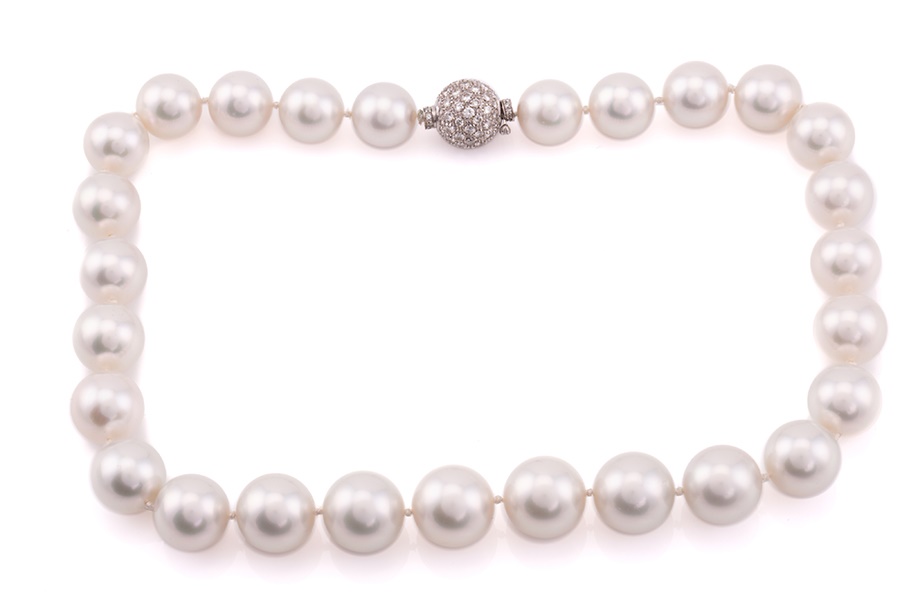Why Are Pearls So Valuable?
Pearls have a certain edge and are prevalent on today’s catwalks
28/10/2024
Pearls symbolise elegance, class, and purity, and have been objects of beauty for centuries. In the first Century BC, Julius Caesar decreed that pearls could only be worn by those of wealth and status, and it has been suggested that the freshwater pearls of Scotland were one of the reasons he invaded Britain in 55BC.
A mid-Victorian natural saltwater pearl and rose cut diamond bracelet
Coco Chanel famously said of her fashion house’s signature gem ‘A woman needs ropes and ropes of pearls’. While this may indisputable, pearls are not solely the preserve of women and have long been worn by men, Charles 1 famously wearing a pearl earring to his execution.
Associated with class and iconic when seen on Audrey Hepburn in Breakfast at Tiffany’s, pearls have sometimes had stuffy connotations but, worn by stars such as Harry Styles and Timothee Chalamet, they have a certain edge and are prevalent on today’s catwalks.
A Victorian diamond and pearl floral spray brooch
They are the only gemstones that grow within a living creature. Farmed or natural, pearls form in the shell of a mollusc, typically an oyster or a mussel, when an irritant (a grain of sand, some organic material or even a parasite) gets into the shell. The mollusc responds to this minute intruder and secretes layers and layers of nacre (mother of pearl) to form a pearl. It is this nacre that reflects light and creates the lustre that makes pearls so desirable.
They come in all shapes and sizes and the ideal shape for a pearl is perfectly round and smooth, although teardrop shapes are popular for pendants and earrings. Their lustre, size, shape, and rarity determine their value.
In the past, when only natural pearls were available, many hundreds of pearl oysters and mussels had to be opened and killed to find even one wild specimen. This was incredibly wasteful and dangerous as the shells were collected from the seabed by divers who would manually check each one. The time taken to collect pearls of the right size and colour to make up a piece of jewellery rendered the gemstones extremely rare and valuable.
The market changed in the early 20th Century when the process of producing cultured or farmed pearls was refined by the Japanese and became commercially viable. Despite initial suspicion of the cheaper prices of the cultured pearl, the market embraced this newfound affordability and accessibility, and now almost all pearls sold are cultured, with South Sea cultured pearls the largest, rarest, and most valuable.
One can only truly tell if a pearl is natural or cultured through very powerful x-ray. Here at Dawsons, our expert team of Jewellery Valuers use GCS laboratories in Bond Street and can guarantee the highest standards of consistency in assessment and authenticity.
Related Articles
How Do I Tell if My Pearls Are Real?
How Do I Sell Unwanted Jewellery?
Is Antique Jewellery Worth Anything?
Are you considering selling any pearls?
With a global audience of over 10 million known bidders, Dawsons can secure the highest prices.
Get in touch with an expert Valuer for confidential sales advice, we would be delighted to help you:


